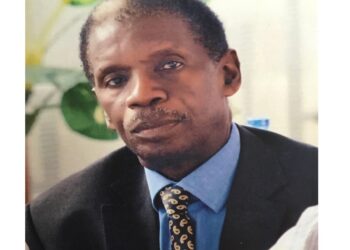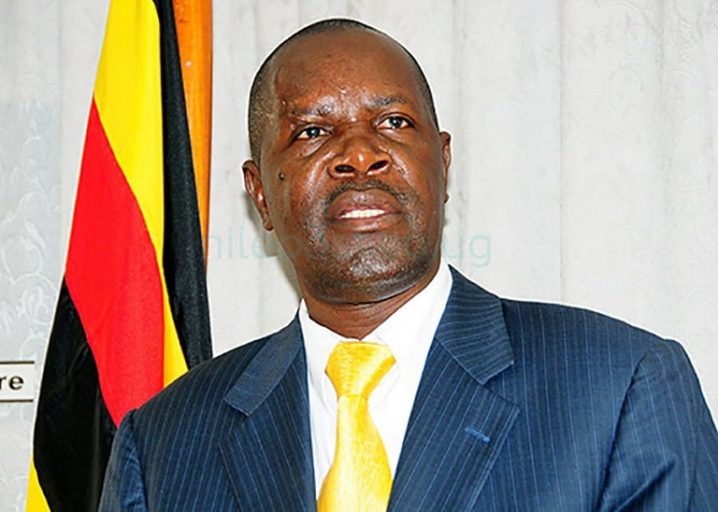The shadow is and will never be a clique nor a cabal but rather a union, accommodative to all youthful citizens of Uganda, East Africa and Africa at large.
Young people in developing countries always admire good jobs too. But reality often disappoints, While 80% of students aim for a highly-skilled profession, only 20% of graduates actually obtain one.
Can youth entrepreneurship programmes make a difference? Which sectors are the most promising? What should be the role of the Ministries of Youth, and for donors? And what about youth well-being beyond employment? These are the outstanding questions the shadow youth leadership has always manufactured.
Taking it in it’s deepest sense, the shadow is the invisible saurian tail that man still drags behind. Carefully amputated, it becomes the healing serpent of the mysteries.
The shadow is a moral problem that challenges the whole ego-personality in youth leadership. For no one can become conscious of the shadow without considerable moral effort.
To become conscious of it involves recognizing the dark aspects of the leadership personality as present and real. This act is the essential condition for any kind of self-knowledge.
The change of character brought about by the uprush of collective forces is amazing. A gentle and reasonable being can be transformed into a maniac or a savage beast.
Members of a shadow youth Leadership have no executive power. It is the shadow’s responsibility to scrutinise the policies and actions of the leadership in power as well as to offer alternative policies.
The shadow leadership has and will continue to make up the majority of the Official Opposition frontbench, as part of frontbenchers to both the youth and student councils.
For proof, as with most other components of the Australian political system, Shadow Cabinet evolved from an informal process in the British Parliament.
From the mid-nineteenth century in Britain, a distinct and organised opposition began to emerge; a leadership group to coordinate its strategy soon followed.
In the latter half of that century, the Shadow Cabinet became a recognised entity within British politics, though British academic D.R. Turner notes that ‘its use was still limited and its full potential unrecognised’.
Over time, the Shadow Cabinet slowly solidified its position in the British system, marked most notably in 1937, when the position of Leader of the Opposition began to carry a salary.
This same development, however, had already taken place in Australia, 17 years earlier, following an initiative of Prime Minister Billy Hughes.
As an academician, Ian Ward notes, this remains the only formal recognition of Shadow Cabinet in Australia; shadow ministers’ salaries are set at the same rate as backbenchers, but they are usually given an allowance—around one-fifth of that allocated to ministers—for researchers and other staff.
In this regard as a product of the British protectorate therefore, I briefly outline the evolution of the British Shadow Cabinet and how that has impacted the Australian equivalent. I then examine the three roles most commonly ascribed to the British Shadow Cabinet and discuss the extent to which they are evident in the modern Australian Shadow Cabinet.
These roles are: organising the Opposition, providing an alternative government and serving as a training ground for future ministers.
The Shadow youth Leadership is therefore here to play the same roles competently with aggressiveness, flamboyance, vigorously & zestfully for as far as advocating for youth inclusivity is concerned in the region.
Troubled economies, lack of governmental programs, and barriers to education are examples of dysfunctions within social institutions that contribute to youth exclusion by making it more difficult for youth to transition into adulthood.
For the European governments have recently recognized these shortcomings in societies organizational structures and have begun to re-examine policies regarding social exclusion. Youth exclusion is a form of social exclusion in which youth are at a social disadvantage in joining institutions and organizations in their societies.
Youth exclusion is multi-dimensional in that age, race, gender, class and lifestyle all affect youth life experiences within a given culture. This intersectionality affects the degree to which an individual youth experiences exclusion.
Youth exclusion is relational insofar as social exclusion contains two parties, the excluders and the excluded. Pertaining to youth exclusion, the excluders are often older generations who believe that the economic support services and institutions that help the youth puts their own comfortable standard of living at risk.
All of these demographic, cultural, spatial and relational factors contribute to the worldwide experiences of youth exclusion.
Many policies dealing with social exclusion are targeted at youth since this demographic of people face a transition into adulthood; defining career and lifestyle choices that will affect the future culture and structure of our societies.
Positive youth development programs should be designed to optimize youth developmental progress.
The shadow youth leadership believes that the young people not only shape the present of any country, but they will also profoundly determine its future.
The young people are at a stage in life characterized by a high capacity to learn and acquire skills and, in general, positive attitudes towards participation in society.
For God and my Country
Lukanga Samuel
lukangasamuel55@gmail.com
+256 785717379
The writer is a social development enthusiast, a poet, a judicious youth leader from Nakaseke District and a solid sound chief Whip of the UNSA shadow Govt.
Do you have a story in your community or an opinion to share with us: Email us at editorial@watchdoguganda.com













